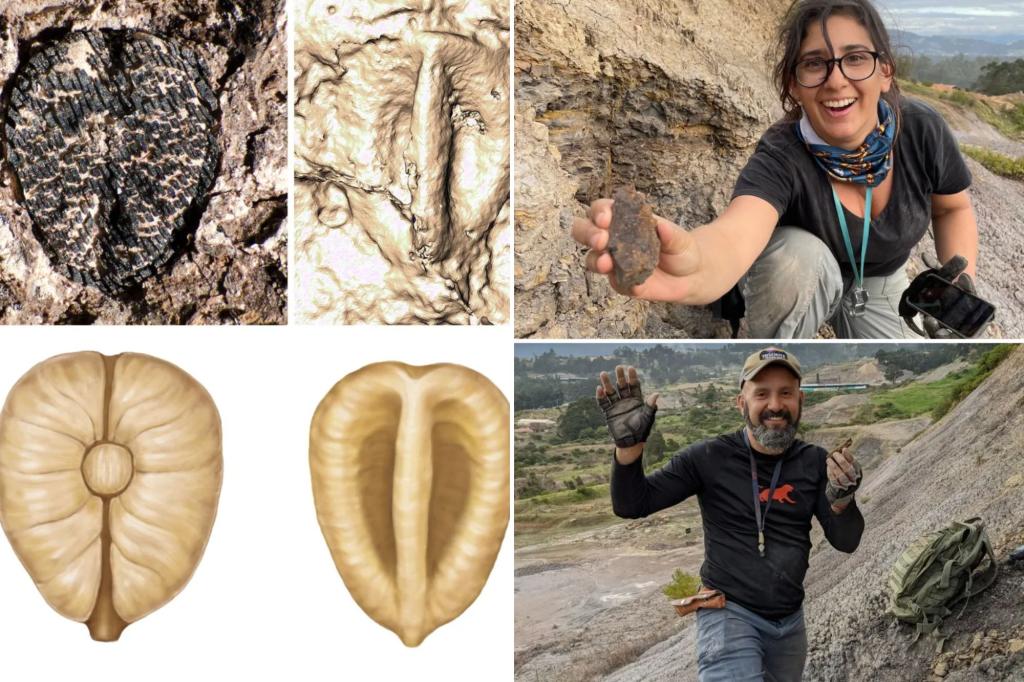A group of scientists from the Field Museum in Chicago recently discovered fossilized grape seeds that could provide a link between dinosaurs and the many types of wine available today.
The South American study found nine new fossil grape species that are at least 19 million years old. The oldest species was found in a 60 million year old rock.
Dr. Fabiany Herrera, assistant curator of paleobotany at The Field Museum, led the research.
The discovery proves that grapes spread across the world after the dinosaurs became extinct, a press release said.
“These are the oldest grapes ever found in this part of the world, and they are several million years younger than the oldest ever found on the other side of the planet,” Herrera said in the press release.
According to the press release, the seeds found in Colombia, Panama and Peru could be between 19 and 60 million years old.
Dr. Monica Carvalho, assistant curator at the University of Michigan Museum of Paleontology and co-author of the study, said dinosaurs likely knocked down trees as they moved through forests years ago, eventually leading to the extinction of ecosystems.
“We think that if large dinosaurs were roaming the forest, they probably cut down trees, making the forests more open than they are today,” she said in a press statement.
However, when the dinosaurs died out 66 million years ago, plants grew again in some parts of South America and trees grew densely together, Herrera said.
“In the fossil record around this time, we start seeing more plants that use vines to climb trees, like grapes,” he said.
He further explained why he wanted to discover the ‘needle in the haystack’ in South America.
“I’ve been looking for the oldest grape in the Western Hemisphere since I was a student,” he says.
Herrera added that Carvalho was the one who found the first grape fossil.
He said she screamed, “Fabiany, a grape!”
He said, as the press release stated, “I looked into it [and] I thought, ‘Oh my God.’
Carvalho also said, “While excavating the fossil record in the New World tropics, we found seeds related to the grape family that date back 60 million years. That led us to revise the fossil record of grapes in the New World,” according to the University of Michigan website.
She added: “The oldest seed we found is closely related to the major group from which commercial grapes evolved, the subfamily Vitoideae.”
“We have this rich but previously little-known fossil record for grapes in the New World, and what we see is that this family has a complex history of extinction and dispersal in the New World,” she also said, according to the same source.
After performing CT scans, scientists were able to confirm the fossil based on shape, size and other unique features, the press release said.
After the first fossil was found, scientists discovered eight other new species of fossil grapes in the South American region.
According to Carvalho, the new research provides greater insight into the history of grapes in the Americas and the Caribbean, according to the University of Michigan website.
“There was a huge gap in the fossil record of grapes after the dinosaurs went extinct. About 50 million years ago, we saw fossil grapes in North America and Europe,” she said.
“When the planet was warmer, grapes had a wider distribution in high, northern latitudes, but we didn’t really know much about the history of this group in tropical latitudes. That’s where our work comes in.”
Fox News Digital has contacted the study’s authors for further comment.
The Field Museum of Natural History in Chicago is one of the largest museums of its kind in the world.
Today, there are nearly 11,700 wineries in the US.
According to VinePair, which also cited other sources, California, the most populous and vineyard-rich state in the country, consumed the most wine in 2021: more than 155 million gallons.
In second place was Florida with a consumption of 83.2 million gallons (about 3.2 million liters), followed by Texas with 65.6 million gallons (about 2.6 million liters).
According to the Wines Vines Analytics Winery Database, there are currently nearly 11,700 wineries in the US.
